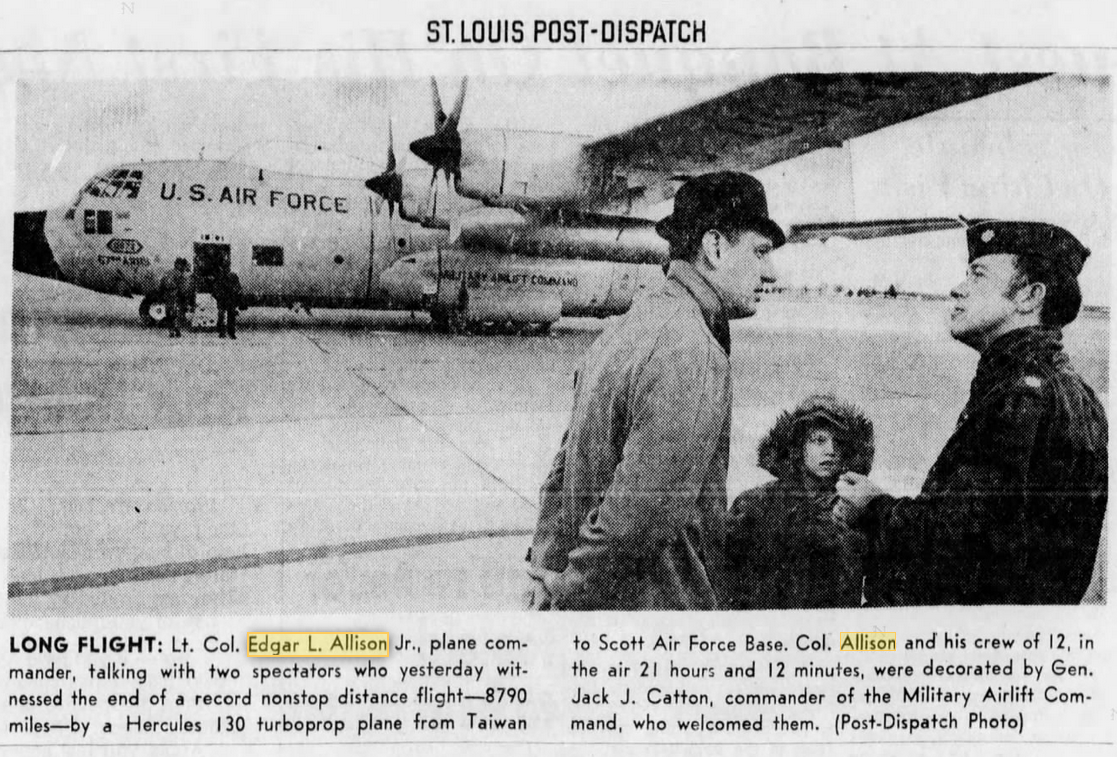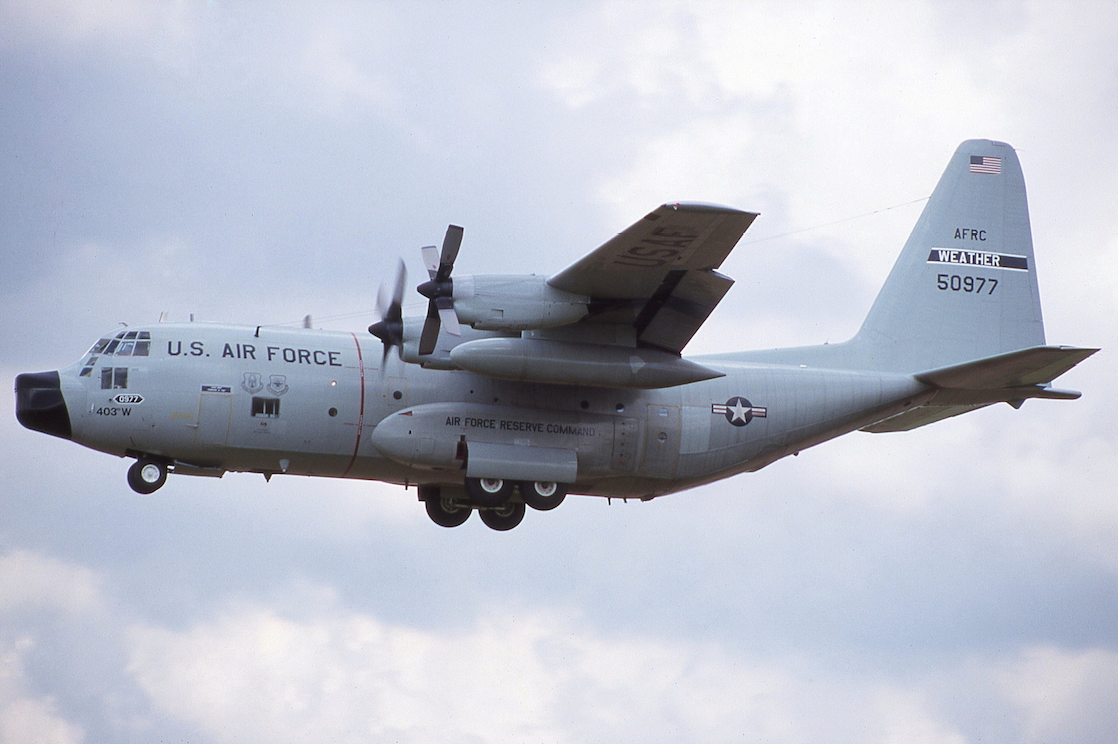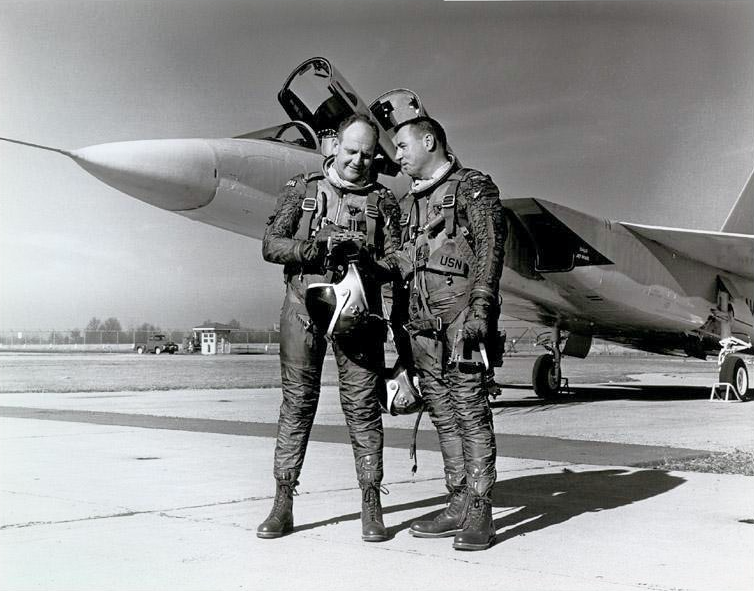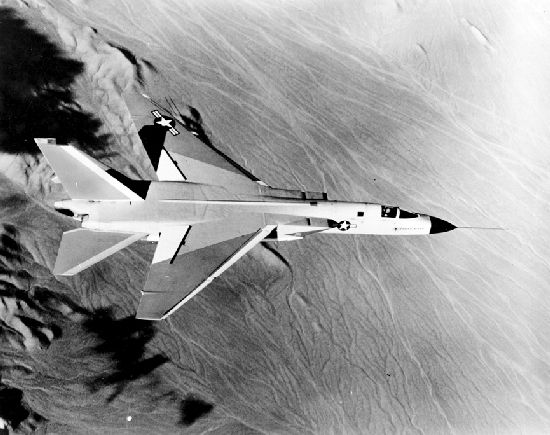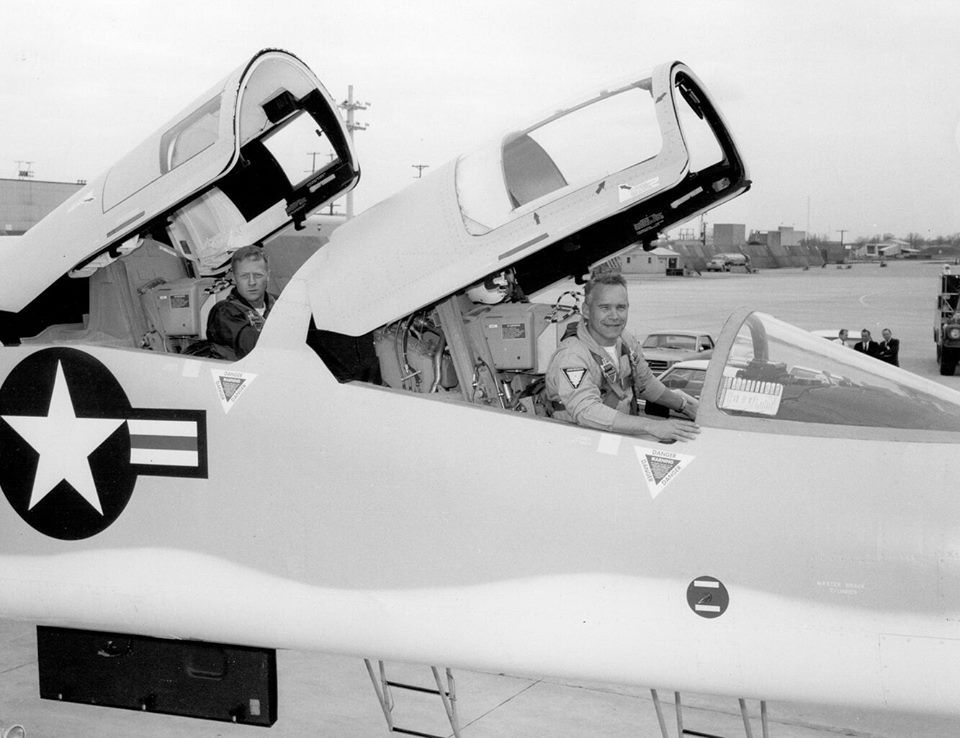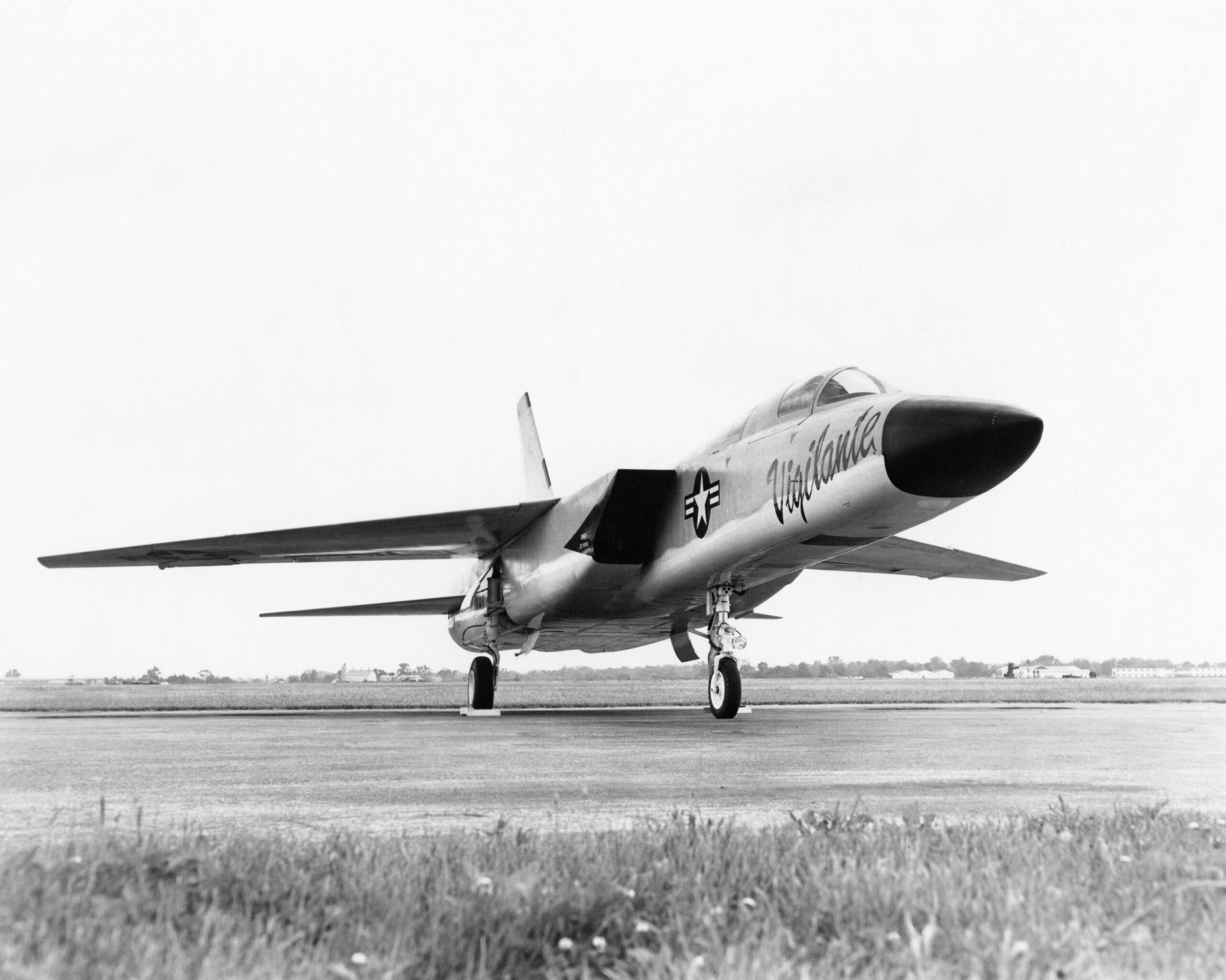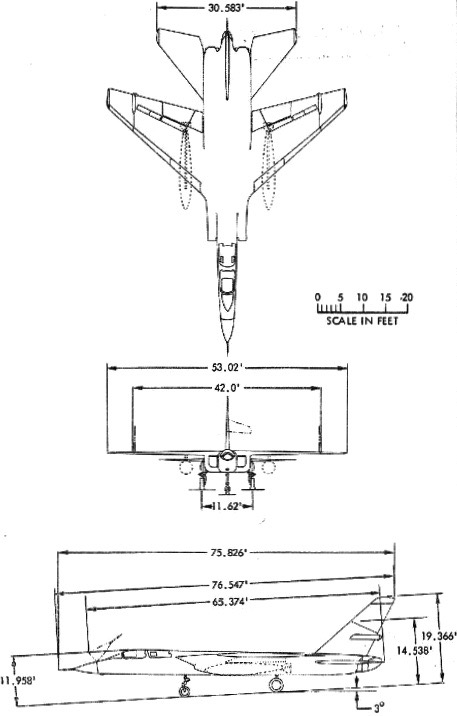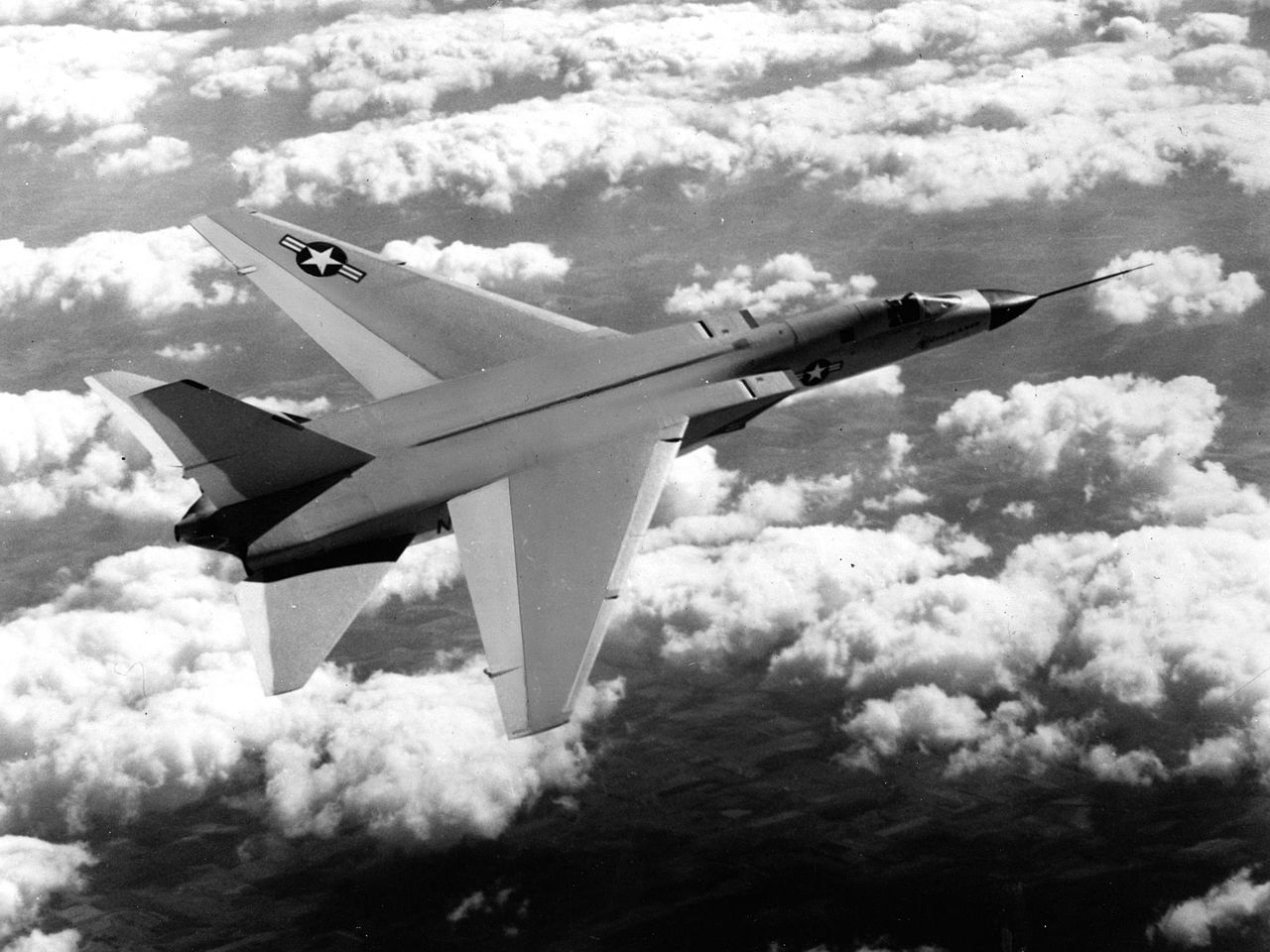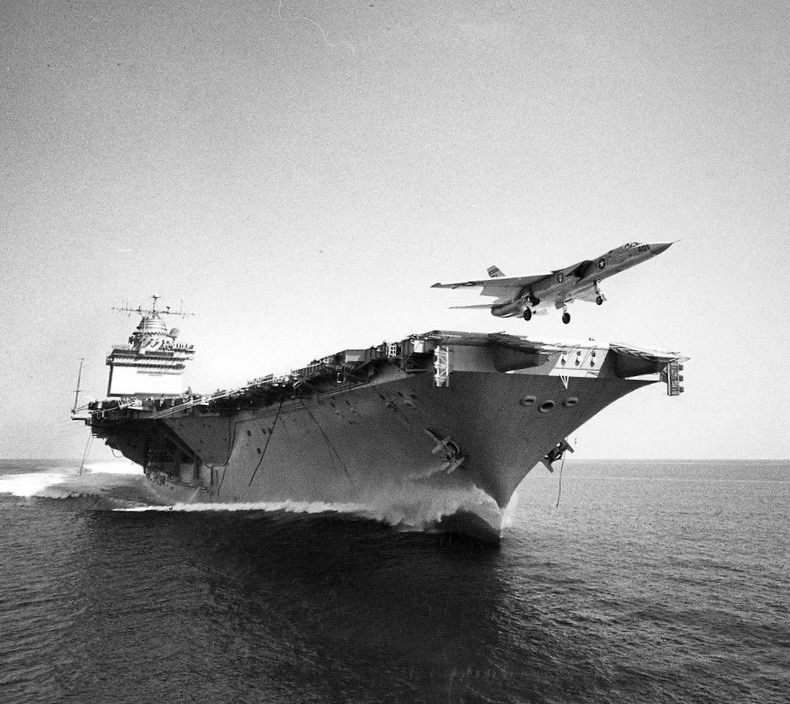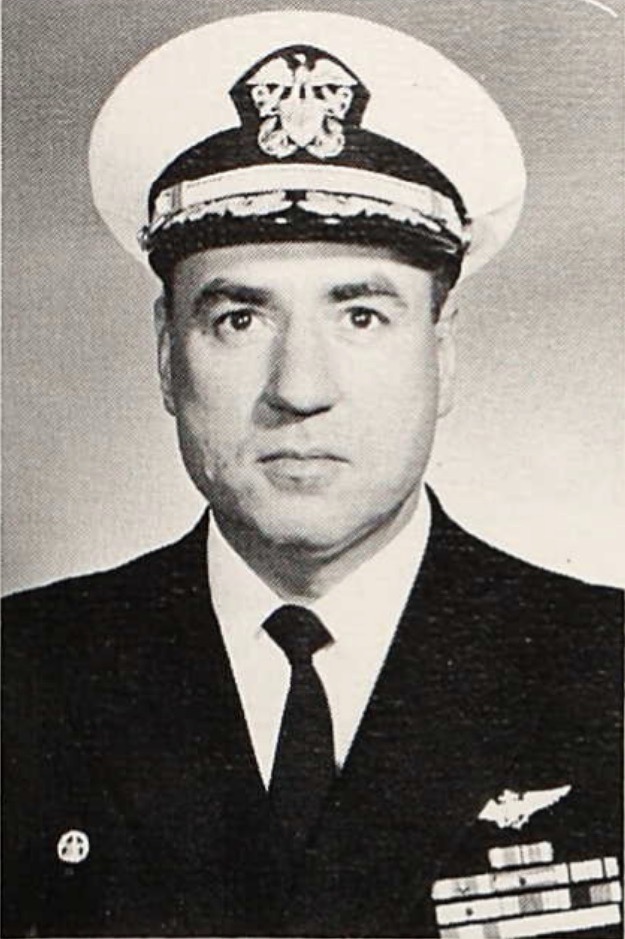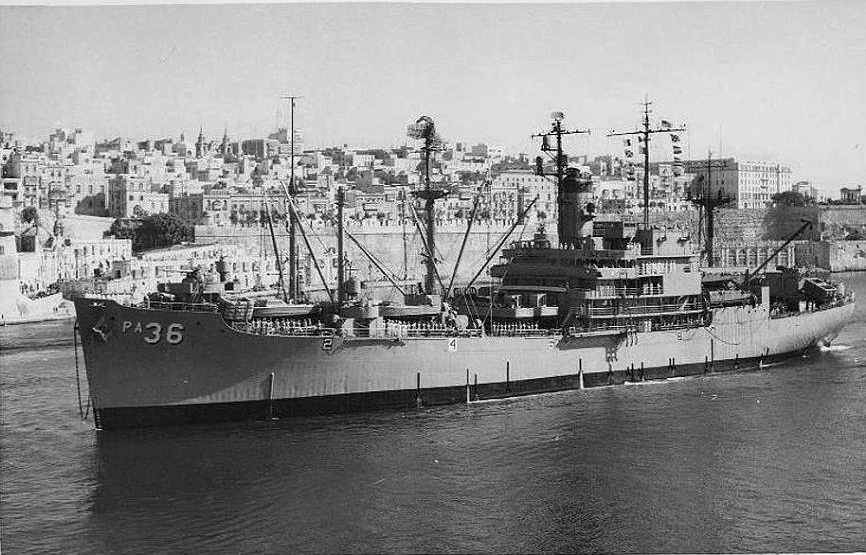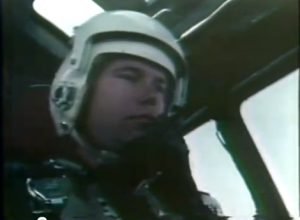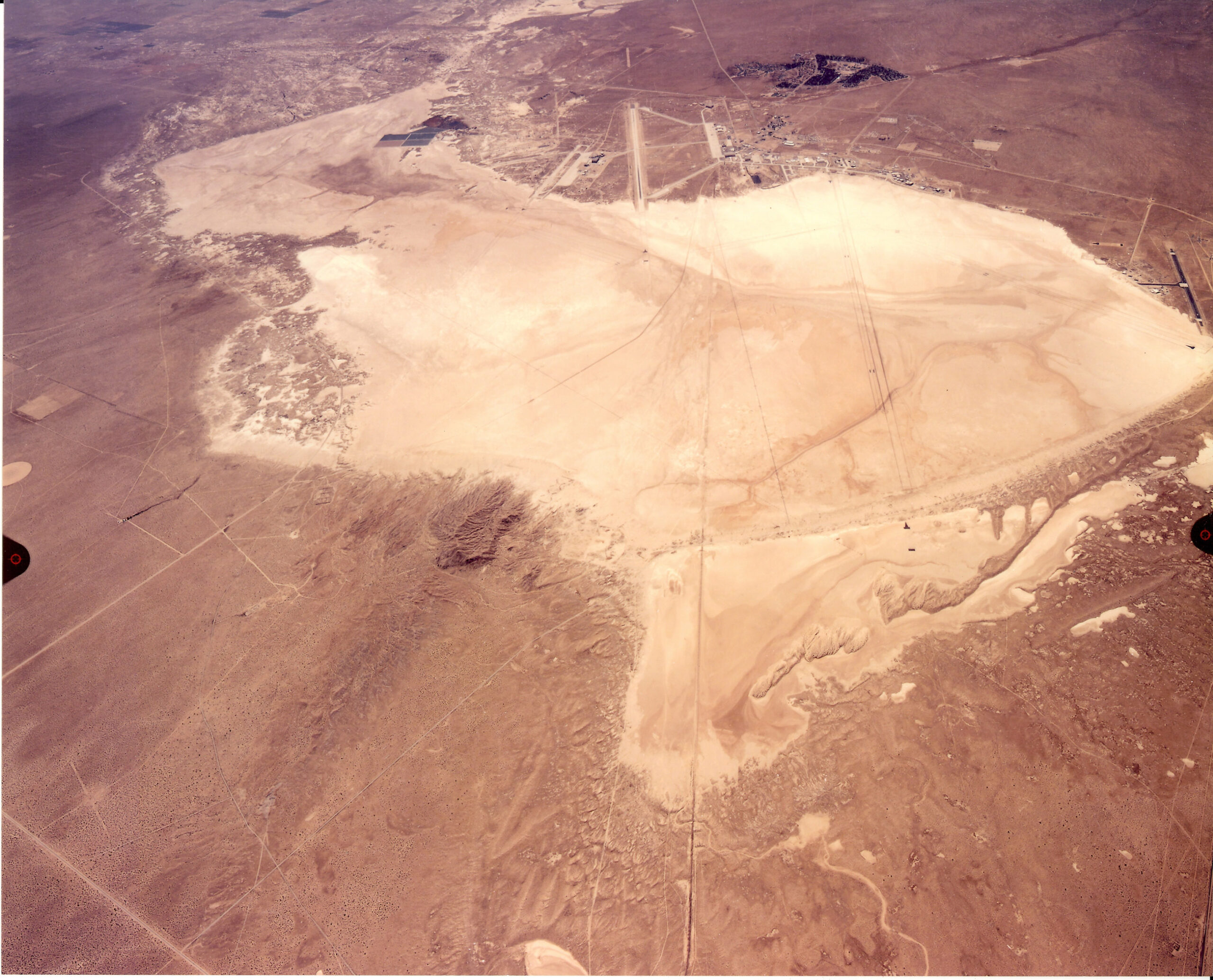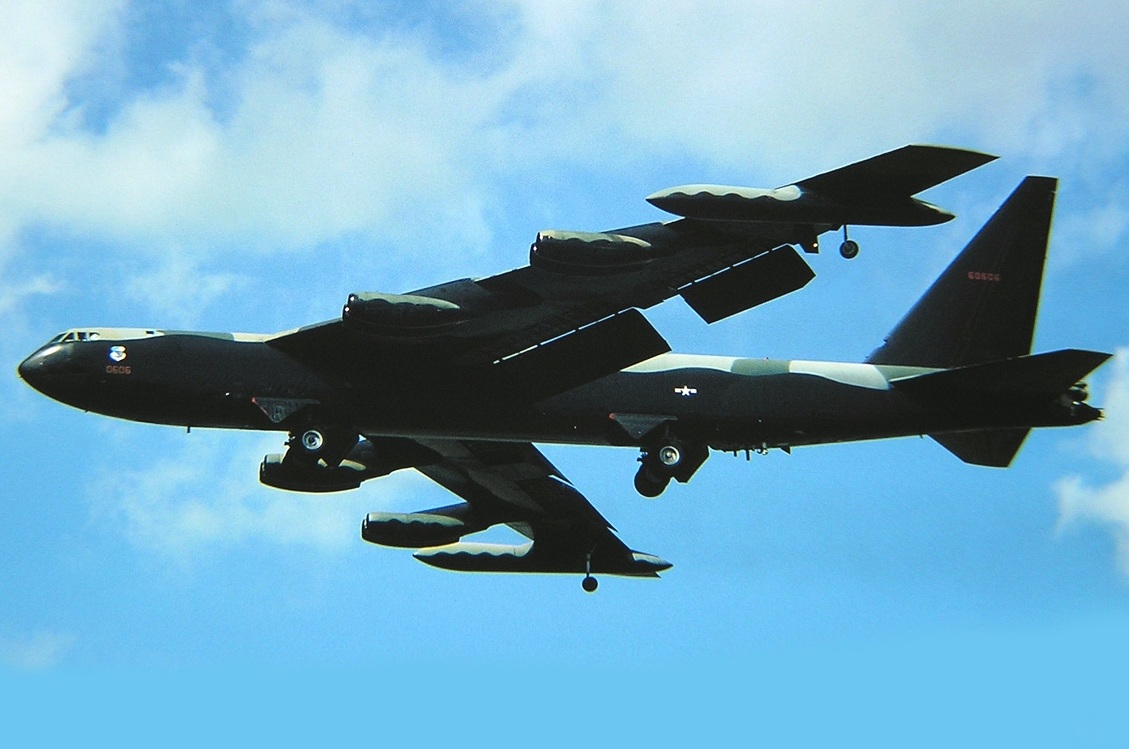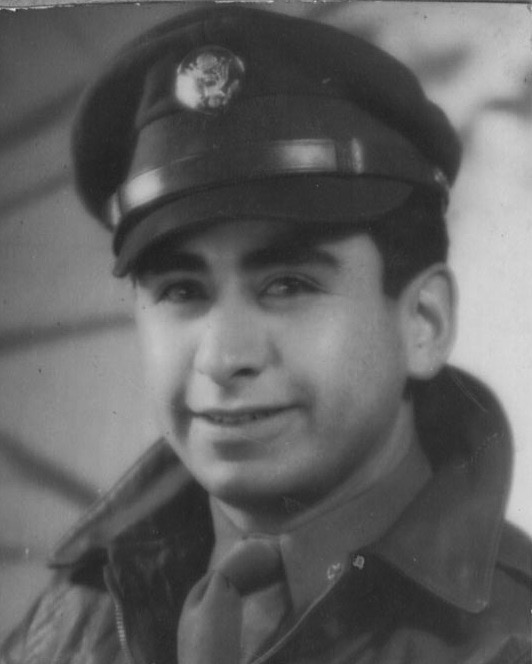
15 March 1945: Technical Sergeant Sator Sierra (“Sandy”) Sanchez, 353rd Bombardment Squadron (Heavy), 301st Bombardment Group (Heavy), 15th Air Force, based at Lucera Air Field, Italy, volunteered for his 66th combat mission. He flew as the top turret gunner of a Lockheed-Vega B-17G-25-VE Flying Fortress, 42-97683. The mission was to attack the Braunkohle-Benzin AG synthetic oil refinery at Schwarzheide, Ruhland, Germany.
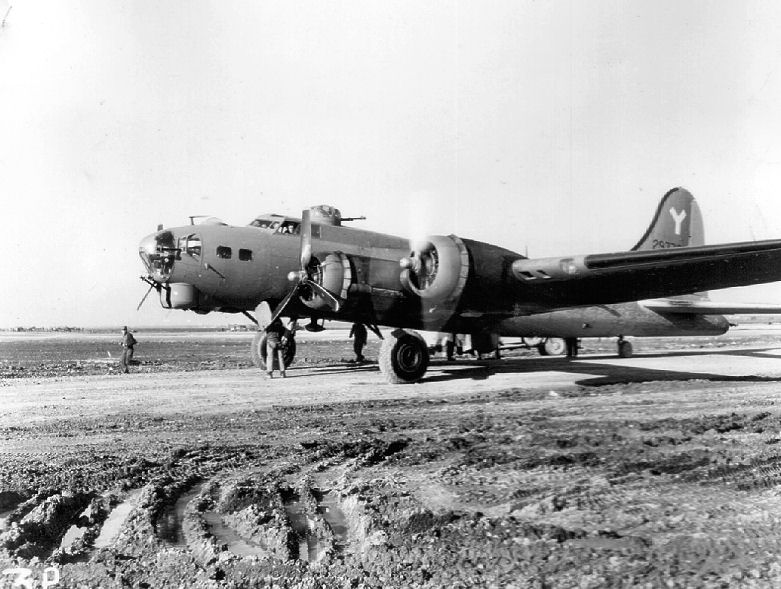
Visibility was unlimited above a 10,000 foot (3,048 meters) 7/10th undercast. While approaching the target at about 1415 hours, the B-17 was attacked by fighters and anti-aircraft guns. Its number two engine (inboard, left wing) was damaged and caught fire. It could not be feathered. Fire spread all along the wing. The aircraft commander, 1st Lieutenant Dale Thornton, ordered the crew to abandon the aircraft. Nine of the crew were able to bail out, but with Sergeant Sanchez still aboard, the bomber pitched up, rolled over, then exploded. Sandy Sanchez was killed. His remains were never located. The survivors were captured and held as prisoners of war at Stalag Luft VI-A.
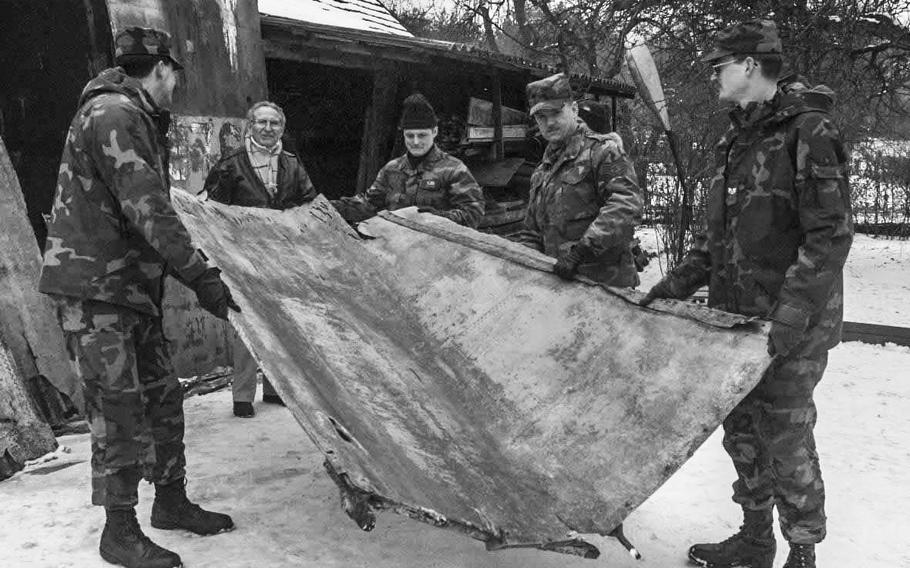
In 1993, four of the crew of 42-97693, pilot (former 1st Lieutenant) Dale Thornton, co-pilot (2nd Lieutenant) Edward Naracci, navigator (1st Lieutenant) Leslie J. Tyler and radar navigator (2nd Lieutenant) Stephen J. Stofko, returned to Germany to search for the crash site of their bomber. A portion of 42-97683’s vertical fin was found near Bad Muskau, Germany, near the border with Poland. It was recovered by the 52nd Equipment Maintenance Squadron, based at Spangdahlem Air Base, then placed in the collection of the National Museum of the United States Air Force.
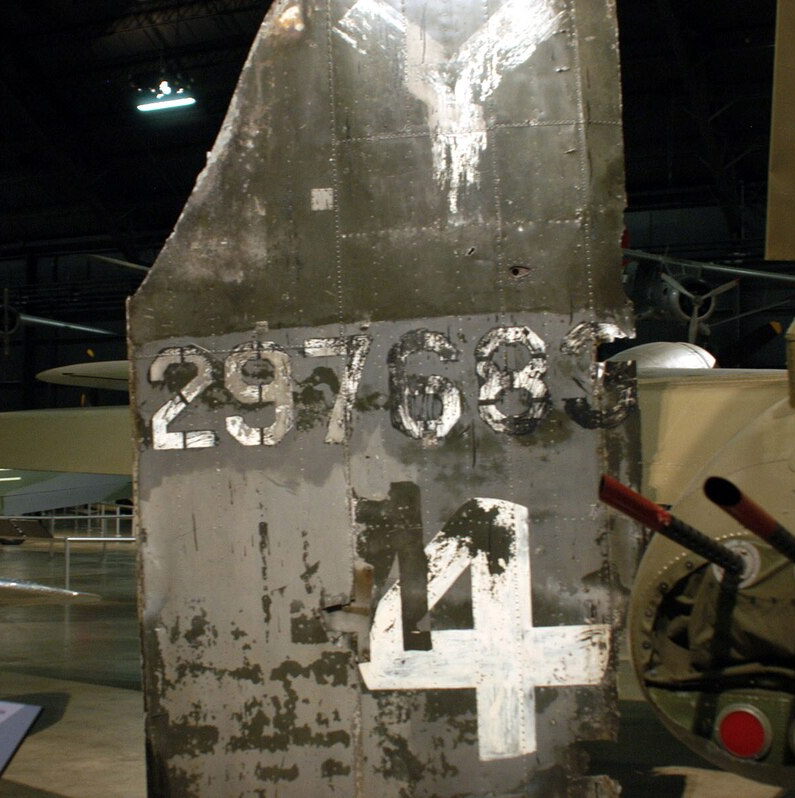
Sanchez’ final mission was flown during his third combat tour. After completing his first combat tour of 25 missions with the 334th Bombardment Squadron (Heavy), 95th Bombardment Group (Heavy), 8th Air Force, during which he had shot down six enemy fighters as a tail and top turret gunner, he volunteered for a second tour. (At that time, after completing 25 missions, bomber crew members in the 8th Air Force were rotated back to the Unites States for rest, recuperation and eventual reassignment.) He then flew 19 more missions. In addition to the six enemy aircraft destroyed, Sanchez was also credited with two probably destroyed and one damaged.
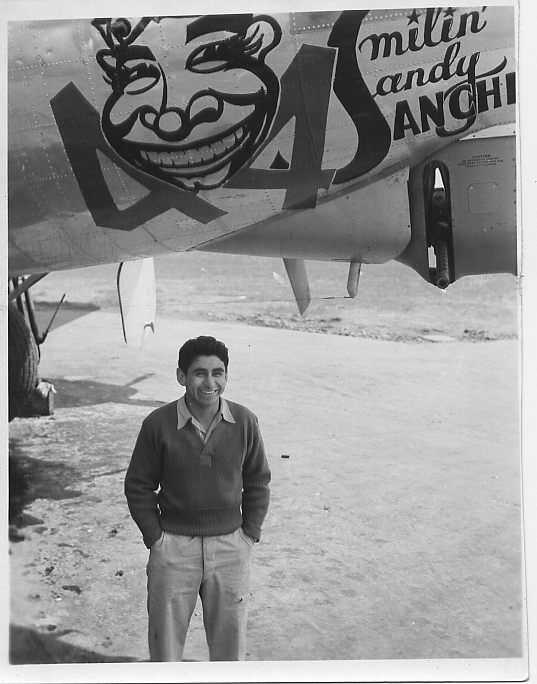
In recognition of his 44 combat missions, a brand new Boeing B-17G-45-BO Flying Fortress, 42-97290, was named Smilin’ Sandy Sanchez in his honor, and emblazoned with the number “44.” This was the first time that a bomber had been named after an enlisted man.
Technical Sergeant Sanchez was sent back to the United States as a gunnery instructor. Repeatedly volunteering for a third combat tour, he was returned to the European Theater of Operations, assigned to the 301st Bomb Group in Italy. He flew his 45th combat mission in November 1944.
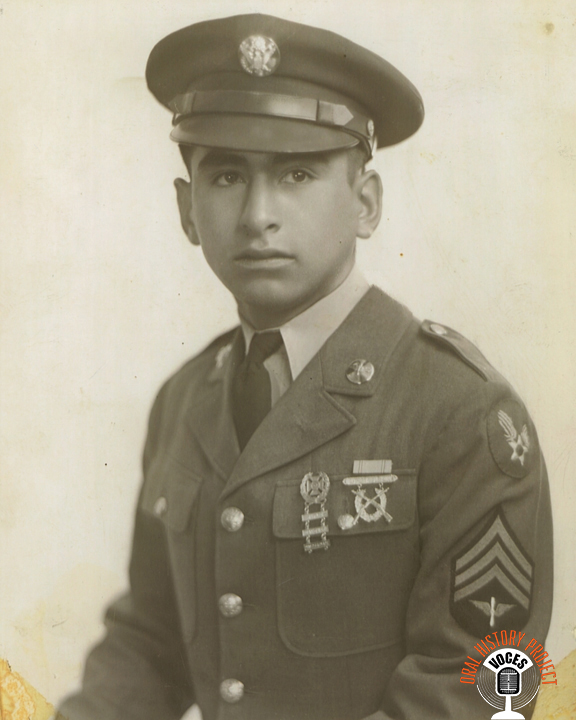
Sator Sierra Sanchez was born at Joliet Township, Illinois, 22 March 1921. His mother died of tuberculosis when he was two years old, and his father was shot to death when he was eight. He and his sister were raised by their stepmother until she also died in 1934.
In high school, “Sandy” Sanchez participated in the Junior Reserve Officers Training Corps (JROTC). After graduating, he worked in the Civilian Conservation Corps, then enlisted in the United States Army, 20 December 1939, at Camp McCoy, Wisconsin. He was assigned to the 7th Infantry Division. In May 1941, he was transferred to the Army Air Corps and trained as an aircraft mechanic.
On 14 March 1943, while working on the flight line at Merced Army Airfield, California, Sergeant Sanchez observed an empty, runaway Vultee BT-13 Valiant trainer. He ran toward it but was hit in the back by the airplane’s horizontal stabilizer. Trying again, he succeeded in climbing into rear cockpit. He shut off the engine and fuel and turned it away from a hangar filled with other aircraft and men. Although the BT-13 crashed into another airplane, undoubtedly Sergeant Sanchez had saved many lives. For this action he was awarded the Soldier’s Medal. This is the highest honor that a soldier could receive for valor in a non-combat situation.
When he completed training as an aerial gunner at Las Vegas Army Air Field, Sanchez was promoted to staff sergeant. He was then sent to England to serve with the 95th Bomb Group. He flew his first combat mission 15 September 1943 as the waist gunner of a B-17. After two missions he was assigned to the crew of Boeing B-17F 42-29943, Situation Normal.
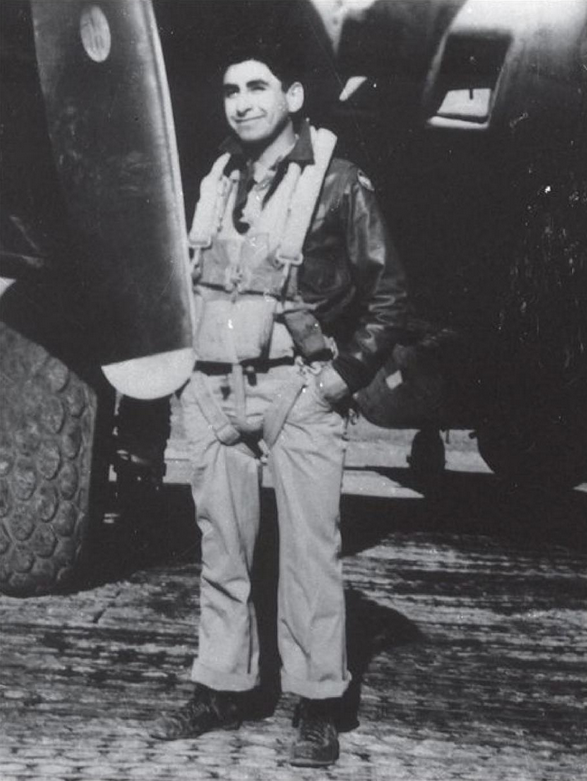
On 10 October 1943, Staff Sergeant Sanchez flew as tail gunner on Situation Normal during an attack on Munster, Germany. He shot down a Messerschmitt Bf 109 and a Junkers Ju 88. Several members of the crew were wounded. Sanchez was awarded the Silver Star.
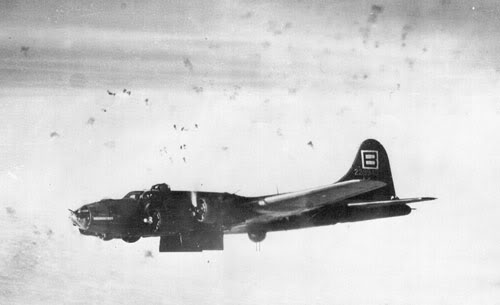
Sandy Sanchez was promoted to technical sergeant 15 April 1944.
In addition to the Silver Star and Soldier’s Medal, Technical Sergeant Sandor Sierra Sanchez was awarded the Distinguished Flying Cross, the Purple Heart with one Oak Leaf Cluster (two awards, one posthumous), and the Air Medal with two silver and one bronze Oak Leaf Clusters (12 awards).
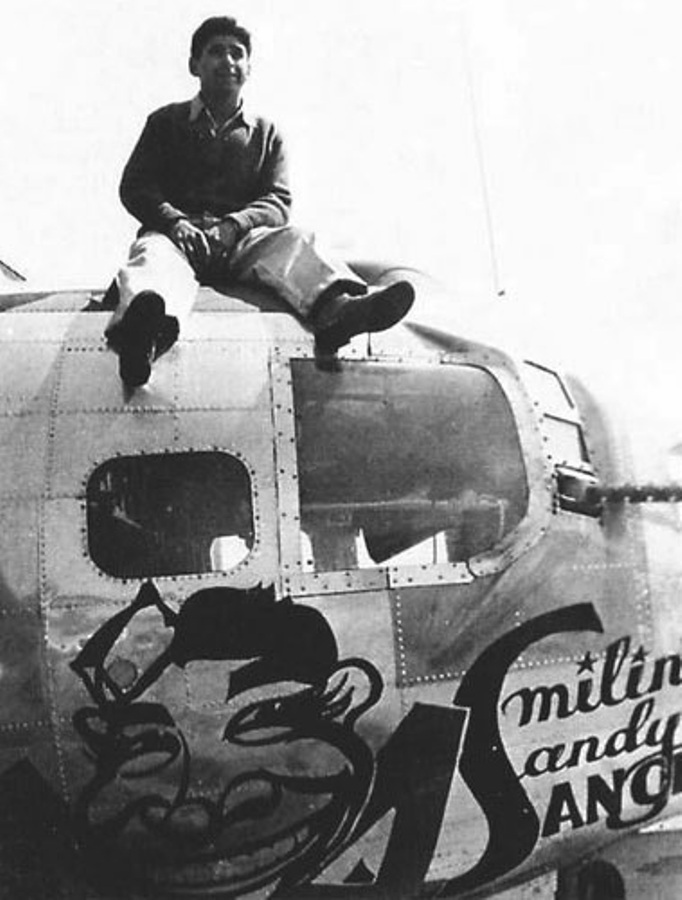
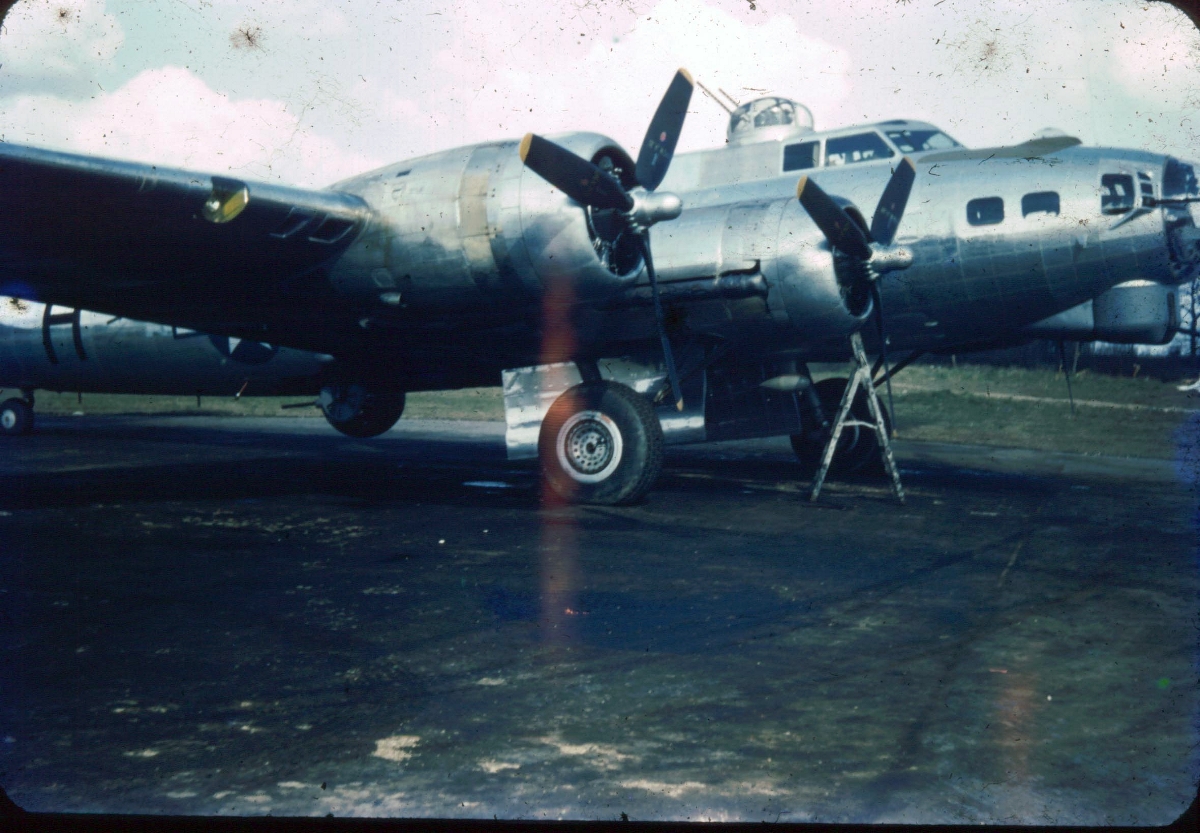
The B-17G named after Technical Sergeant Sanchez, 42-97290 (MSN 7792), was built Boeing’s Wichita, Kansas, Plant II. It was delivered to the United Airlines Modification Center at Cheyenne, Wyoming, 15 February 1944. It arrived at the staging base at Kearney Field, Nebraska, 27 February, 1944. On 11 March 1944, the B-17 was flown to Presque Isle, Maine, and then across the North Atlantic Ocean to England. Initially assigned to the 398th Bombardment Group at RAF Nuthampstead (USAAF Station 131), 22 April 1944, 42-97290 was transferred six days later to the 334th Bombardment Squadron (Heavy), 95th Bombardment Group (Heavy) at RAF Horham (USAAF Station 119), in East Anglia. It was given the squadron marking BG-H. On its twenty-third mission, 19 May 1944, Smilin’ Sandy Sanchez was damaged in combat near Berlin, Germany. The crew flew the bomber to Akesholm, Sweden, where they and the B-17 were interned. 42-92790 was later scrapped.
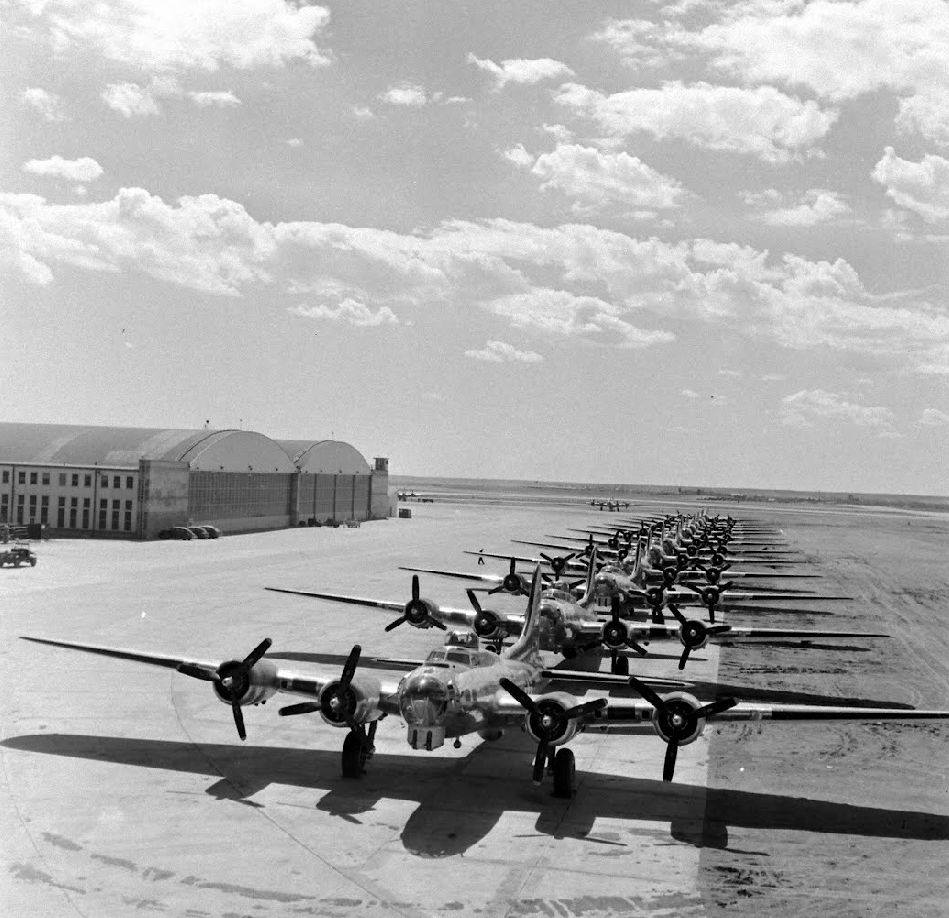
The B-17G on which Sanchez flew his final mission, 42-97683 (MSN 17-7048), had been built by the Lockheed-Vega Corporation at Burbank, California. It was delivered to the Continental Airlines Modification Center at Denver, Colorado, 26 January 1944, then on 7 March 1944, to the 1st Search and Attack Group (AAF Antisubmarine Command) at Langley Army Airfield, Hampton, Virginia, for crew training. (Presumably, the bomber was equipped with AN/APS-15 (H2X) ground-scanning radar.¹) Finally, on 7 April 1944, the bomber arrived at Grenier Army Airfield, Manchester, New Hampshire, to be ferried across the North Atlantic Ocean to England. On 8 April 1944, it was assigned to the 335th Bombardment Squadron (Heavy), 95th Bombardment Group (Heavy) at RAF Horham and given the squadron marking OE-M. As the lead airplane on an Operation FRANTIC IV shuttle bombing mission from Poltava Air Base (USAAF Station 559), Ukraine, USSR, to attack an airfield at Szolnok, Hungary, 18 September 1944, 42-97683 was was hit by anti-aircraft gunfire and damaged. Its number four engine (outboard, right wing) caught fire and failed. Four crewmen bailed out and were captured. The bomber continued on to Foggia, Italy, where it crash landed. After being repaired, on 28 October 1944, 42-97683 was assigned to the 352nd Bombardment Squadron (Heavy), 301st Bombardment Group (Heavy).
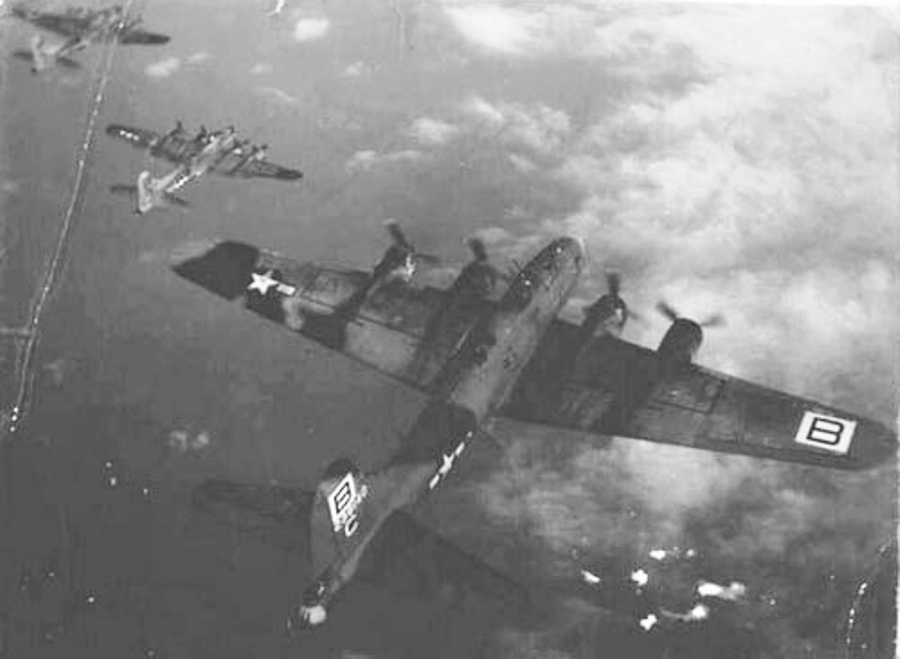
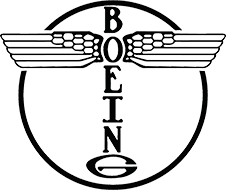 The B-17G was the final production variant of the Flying Fortress. It entered service with the United States Army Air Forces in 1943.
The B-17G was the final production variant of the Flying Fortress. It entered service with the United States Army Air Forces in 1943.
The Boeing B-17G Flying Fortress was a four-engine heavy bomber operated by a combat crew of nine to ten men. It was 74 feet, 8.90 inches (22.781 meters) long with a wingspan of 103 feet, 9.38 inches (31.633 meters) and an overall height of 19 feet, 1.00 inch (5.187 meters). The wings have 3½° angle of incidence and 4½° dihedral. The leading edges are swept aft 8¾°. The total wing area is 1,426 square feet (132.48 square meters). The horizontal stabilizer has a span of 43 feet (13.106 meters) with 0° incidence and dihedral. Its total area, including elevators, is 331.1 square feet (12.18 square meters). The B-17G had an empty weight of 35,972 pounds (16,316.6 kilograms), and the maximum takeoff weight was 67,860 pounds (30,780.8 kilograms).
 The B-17G was powered by four air-cooled, supercharged, 1,823.129-cubic-inch-displacement (29.876 liters) Wright Cyclone C9GC (R-1820-97) nine-cylinder radial engines with a compression ratio of 6.70:1. The engines were equipped with remote General Electric turbochargers capable of 24,000 r.p.m. The R-1820-97 had a Normal Power rating of 1,000 horsepower at 2,300 r.p.m. at 25,000 feet (7,620 meters), and 1,200 horsepower at 2,500 r.p.m. for Takeoff and Military Power. The engine could produce 1,380 horsepower at 2,500 r.p.m., War Emergency Power. 100-octane aviation gasoline was required. The Cyclones turned three-bladed, constant-speed, Hamilton Standard Hydromatic propellers with a diameter of 11 feet, 7 inches (3.835 meters) through a 0.5625:1 gear reduction. The R-1820-97 engine was 3 feet, 11.80 inches (1.214 meters) long and 4 feet, 7.10 inches (1.400 meters) in diameter, and weighed 1,315 pounds (596 kilograms).
The B-17G was powered by four air-cooled, supercharged, 1,823.129-cubic-inch-displacement (29.876 liters) Wright Cyclone C9GC (R-1820-97) nine-cylinder radial engines with a compression ratio of 6.70:1. The engines were equipped with remote General Electric turbochargers capable of 24,000 r.p.m. The R-1820-97 had a Normal Power rating of 1,000 horsepower at 2,300 r.p.m. at 25,000 feet (7,620 meters), and 1,200 horsepower at 2,500 r.p.m. for Takeoff and Military Power. The engine could produce 1,380 horsepower at 2,500 r.p.m., War Emergency Power. 100-octane aviation gasoline was required. The Cyclones turned three-bladed, constant-speed, Hamilton Standard Hydromatic propellers with a diameter of 11 feet, 7 inches (3.835 meters) through a 0.5625:1 gear reduction. The R-1820-97 engine was 3 feet, 11.80 inches (1.214 meters) long and 4 feet, 7.10 inches (1.400 meters) in diameter, and weighed 1,315 pounds (596 kilograms).
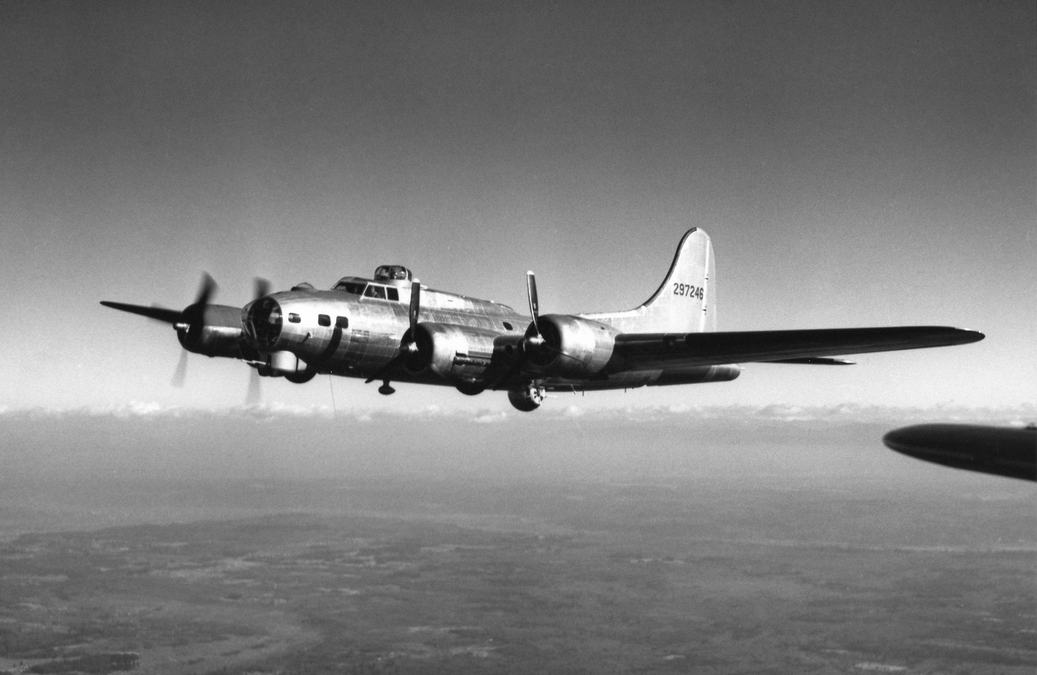
The B-17G had a cruising speed of 172 knots (198 miles per hour/319 kilometers per hour) at 10,000 feet (3,048 meters). The maximum speed was 285 knots (328 miles per hour/528 kilometers per hour) at 26,700 feet (8,138 meters). The service ceiling was 38,450 feet (11,720 meters) at maximum power.
The B-17G had a fuel capacity of 2,780 gallons (10,523 liters) in twelve wing tanks. Two “Tokyo tanks” could be installed in the bomb bay, increasing capacity by 820 gallons (3,104 liters). The B-17G combat radius of 689 nautical miles (793 statute miles/1,276 kilometers) with max bomb load, and a maximum ferry range of 2,624 nautical miles (3,031 statute miles/4,878 kilometers).
The B-17G was armed with thirteen Browning AN-M2 .50-caliber machine guns for defense against enemy fighters. Power turrets mounting two guns each were located at the nose, dorsal, and ventral positions. Two guns could be installed in flexible mounts in the nose compartment, one in the radio compartment, two in the waist and two in the tail. 5,970 rounds of ammunition were carried.
The maximum bomb load of the B-17G was 12,800 pounds (5,806 kilograms). The internal bomb bay could be loaded with a maximum of ten 1,000 pound bombs, eight 1,600 pound (725.75 kilogram) bombs or two 2,000 pound bombs. The physical size of each type limited the number that could be carried in the bomb bay.
The B-17 Flying Fortress was in production from 1936 to 1945. 12,731 B-17s were built by Boeing, Douglas Aircraft Company and Lockheed-Vega. (The manufacturer codes -BO, -DL and -VE follows the Block Number in each airplane’s type designation.) 8,680 of these were B-17Gs, with 4,035 built by Boeing, 2,395 by Douglas and 2,250 by Lockheed-Vega.
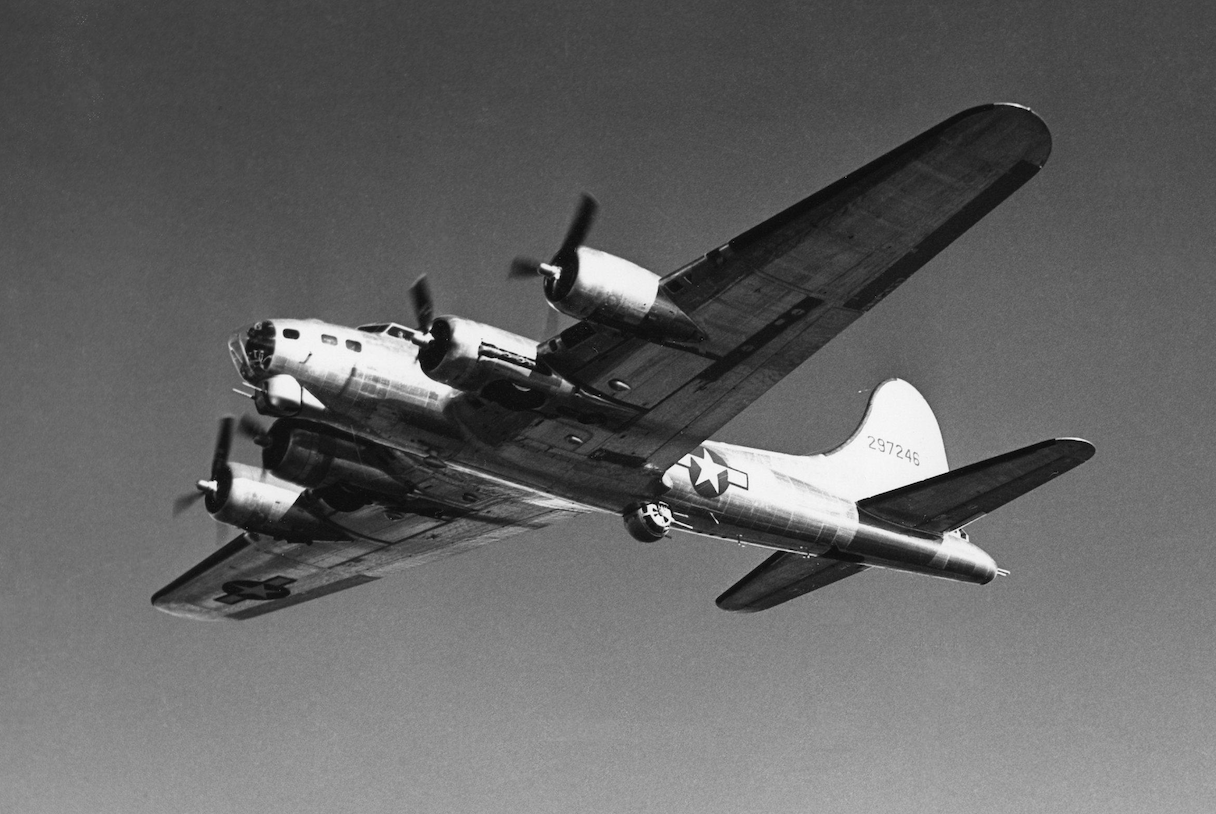
A more complete report of Sator Sanchez’ life by Master Sergeant Barry L. Spink can be read at:
https://www.airuniversity.af.edu/Portals/10/AFEHRI/documents/HispanicAmericanAccomplishment/SatorSanchezWWIIGunnerandHero.pdf
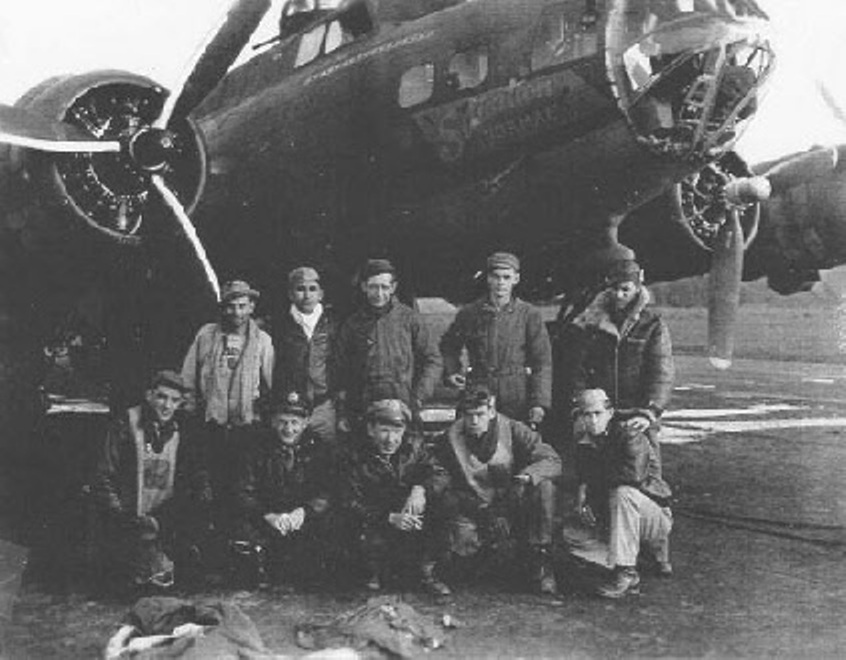
¹ After transferring its antisubmarine warfare mission to the United States Navy’s Tenth Fleet in 1943, the 1st Search Attack Group conducted specialized training in low altitude bombing and H2X radar operations with the B-17 and B-24.
© 2023, Bryan R. Swopes
